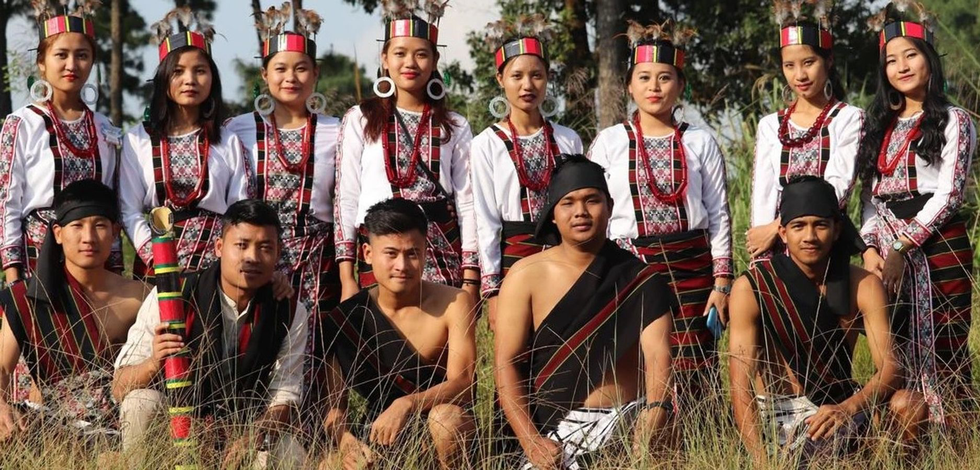
About Thadou Tribe:
- They are an indigenous people who live in the hill country adjacent to the Imphal Valley in the northeastern state of Manipur.
- Other names: Chillya, Kuki, Kukihin, Teizang and Theruvan.
- Language: They speak Chin and Thado which belongs to the Tibeto-Burman family of the Sino-Tibetan languages.
- The village chief's house is usually the largest dwelling within the village. Outside it, there is a platform upon which men gather to discuss matters of importance and to mediate disputes.
- Economy: They practice subsistence activities including animal domestication, cultivation, hunting, and fishing. Jhum (slash-and-burn) agriculture is predominant.
- Religious Beliefs: The god Pathen is believed by the Thadou to have created everything. He is also believed to be the ruler of the universe. Sacrifice is offered to Pathen for health or assistance in times of trouble.
- Festival: The Hun-Thadou cultural festival is an annual celebration of this community which is celebrated at the arrival of the New Year.
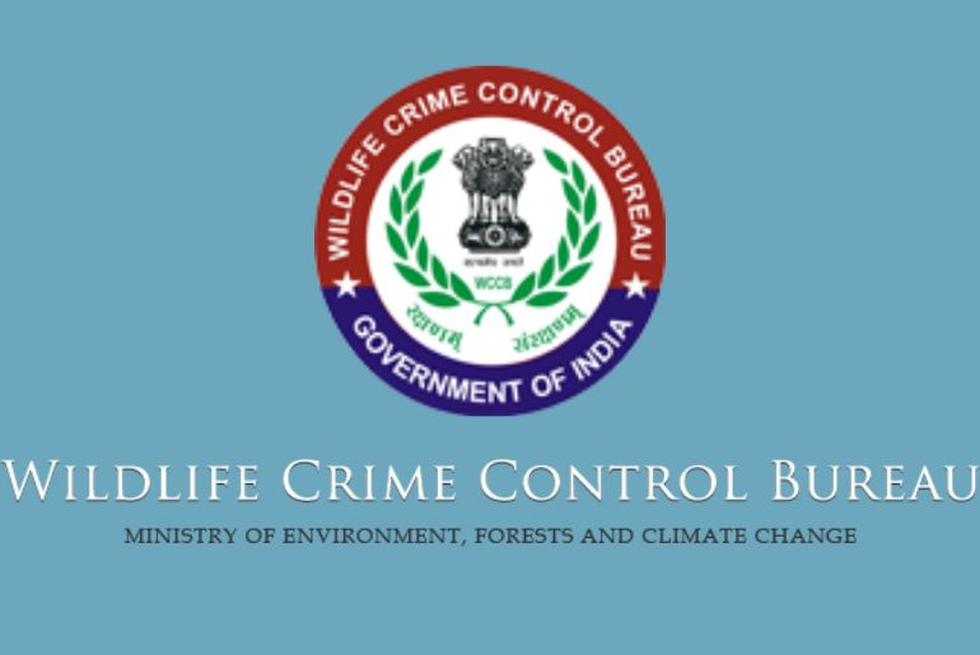
About Wildlife Crime Control Bureau:
- It is a statutory multi-disciplinary body established by the Government of India to combat organized wildlife crime in the country.
- It was constituted by amending the Wild Life (Protection) Act, 1972.
- Mandate: Under the Wild Life (Protection) Act, 1972it is mandated to
- Collect and collate intelligence related to organized wildlife crime activities and disseminate the same to the state and other enforcement agencies for immediate action so as to apprehend the criminals.
- Establish a centralized wildlife crime data bank.
- Assist foreign authorities and international organization concerned to facilitate co-ordination and universal action for wildlife crime control.
- In the capacity building of the wildlife crime enforcement agencies for a scientific and professional investigation into wildlife crimes and assist State Governments to ensure success in prosecutions related to wildlife crimes;
- It advises the Government of India on issues relating to wildlife crimes having national and international ramifications, relevant policies and laws.
- It also assists and advises the Customs authorities in the inspection of the consignments of flora & fauna as per the provisions of the Wild Life Protection Act, CITES and EXIM Policy governing such an item.
- It has developed an online Wildlife Crime Database Management System to get real-time data in order to help analyse trends in crime and devise effective measures to prevent and detect wildlife crimes across India.
- This system has been successfully used to analyse trends, helping put in preventive measures as well as for successfully carrying out operations such as Operation SAVE KURMA, THUNDERBIRD, WILDNET, LESKNOW, BIRBIL, THUNDERSTORM, LESKNOW-II
- Nodal Ministry: Ministry of Environment, Forest and Climate change
- Headquarter: New Delhi
3. Kodo millet
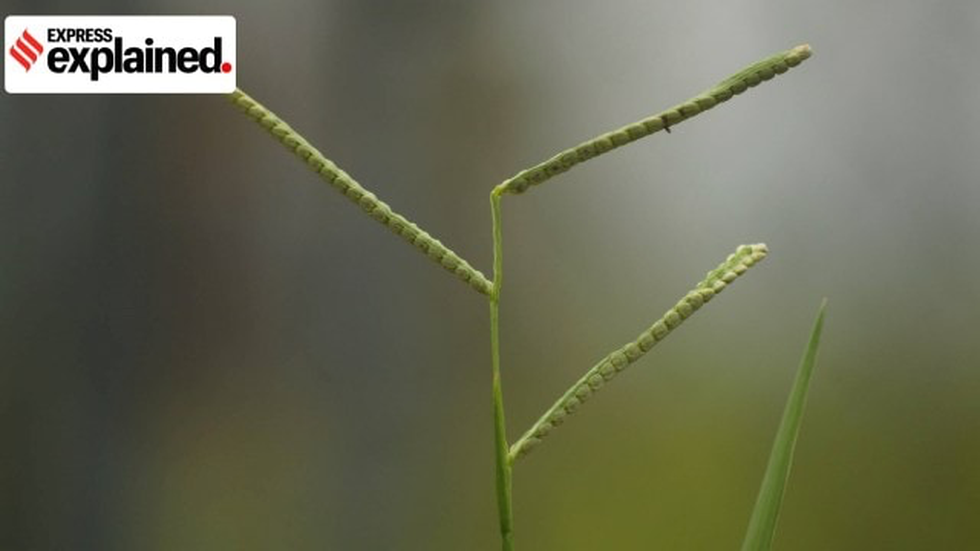
About Kodo millet:
- Kodo millet (Paspalum scrobiculatum) is also known as Kodra and Varagu in India.
- It is one of the “hardiest crops, drought tolerant with high yield potential and excellent storage properties,” It is rich in vitamins and minerals.
- It is a staple food for many tribal and economically weaker sections in India.
- Required climatic conditions:
- The tropical and subtropical regions are best suited for Kodo millet cultivation.
- It is grown on poor soils, and widely distributed in arid and semi-arid regions.
- The millet is believed to have originated in India and Madhya Pradesh (MP) is one of the largest producers of the crop, according to a 2020 research paper.
- Apart from MP, the millet is cultivated in Gujarat, Karnataka, Chhattisgarh, and parts of Tamil Nadu.
- The crop is grown in India, Pakistan, the Philippines, Indonesia, Vietnam, Thailand, and West Africa.
- According to the research paper, “CPA (Cyclopiazonic acid) is one of the major mycotoxins associated with the kodo millet seeds causing kodo poisoning which was first recognised during the mid-eighties”.
- Kodo poisoning occurs mainly due to the consumption of Kodo grains, when “maturing and harvesting if the grains had encountered with rainfall, resulting in a fungal infection leading to ‘poisoned Kodo’ which is locally known as ‘Matawna Kodoo’ or ‘Matona Kodo’ in northern India.”
- Kodo poisoning mainly affects the nervous and cardiovascular systems and the chief symptoms include “vomiting, giddiness, and unconsciousness, small and rapid pulse, cold extremities, shaking of limbs and tremors.”
4. Exercise VAJRA PRAHAR 2024
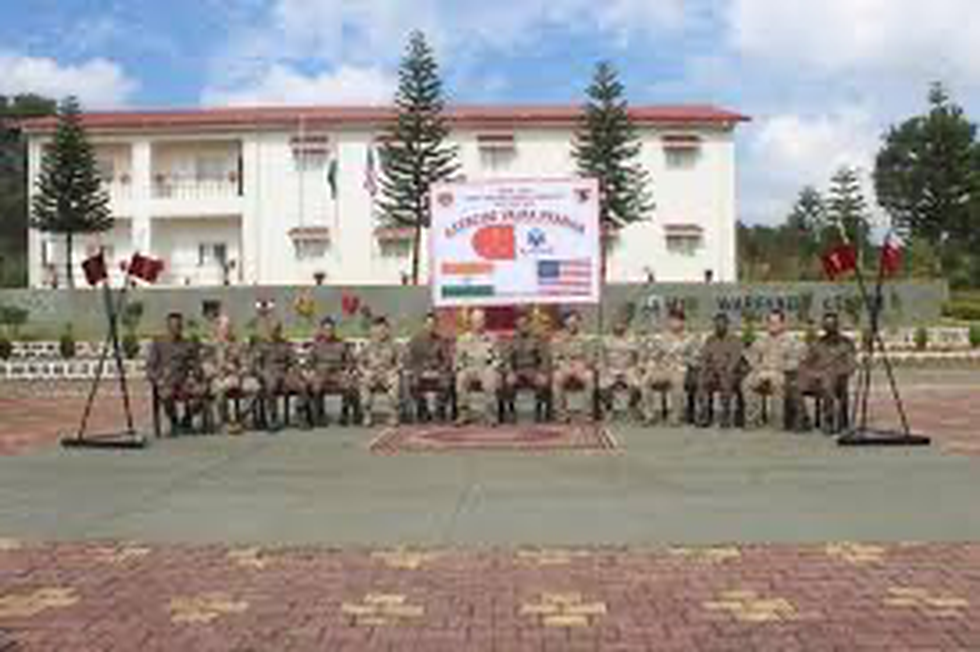
About Exercise VAJRA PRAHAR 2024:
- It is a joint military exercise between the Indian army and the US army.
- The exercise is scheduled to be conducted at Orchard Combat Training Centre in Idaho, USA.
- The Indian Army contingent will be represented by Special Forces units and the US Army contingent will be represented by Green Berets of US.
- Exercise VAJRA PRAHAR aims to promote military cooperation between India and the US through the enhancement of interoperability, jointness and mutual exchange of special operations tactics.
- The exercise will enhance combined capabilities in executing joint Special Forces Operations in desert/semi-desert environments. And also will focus on a high degree of physical fitness, joint planning and joint tactical drills.
- Drills/ aspects to be rehearsed during the exercise will include planning a Joint Team Mission, Reconnaissance Mission, employment of Unmanned Aerial Systems, execution of Special Operations, actions of Joint Terminal Attack Controller and Psychological Warfare in Special Operations.
- Significance: It will enable the two sides to share their best practices and experiences for the conduct of joint Special Forces Operations. The exercise will facilitate the development of inter-operability, bonhomie and camaraderie between soldiers of both countries.
5. Gastrodia lohitensis
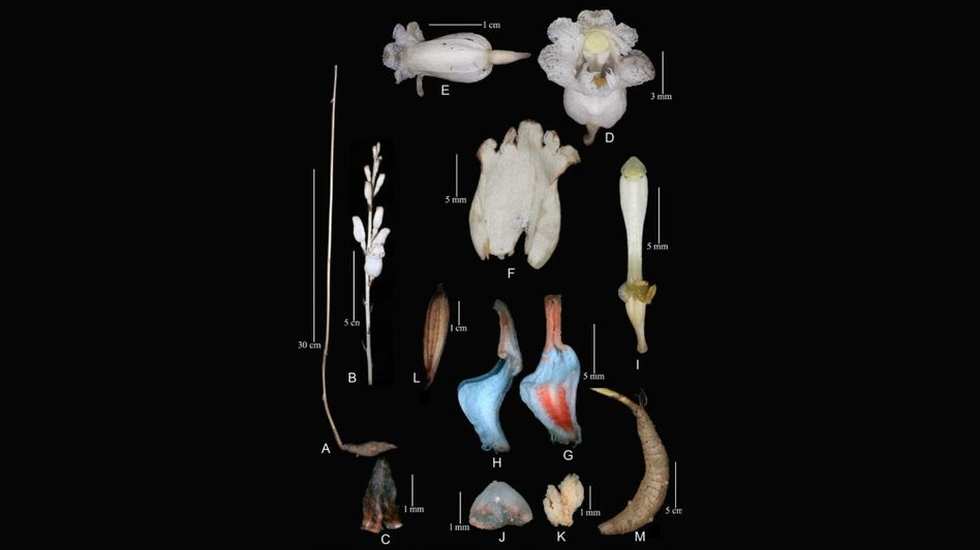
About Gastrodia lohitensis:
- It is a leafless orchid species found in bamboo thickets around Tezu and it is named after Lohit district.
- Features
- The orchid presents unique adaptations, thriving without sunlight by extracting nutrients from fungi in decomposing leaf litter.
- It grows 50-110 cm tall, the orchid’s defining features include a pair of linear calli and ridges on its flower lip, setting it apart from closely related species in Southeast Asia.
- It flourishes only in dense, shaded bamboo canopies, underlining its limited ecological niche.
- Threats: With just a small range in the district, Gastrodia lohitensis faces pressures from local land use, including bamboo harvesting and agriculture.
- Conservationists stress that the survival of this rare orchid depends on protecting its fragile habitat in Arunachal Pradesh’s biodiverse landscape.
6. What is the Sendai Framework for Disaster Risk Reduction 2015-2030?
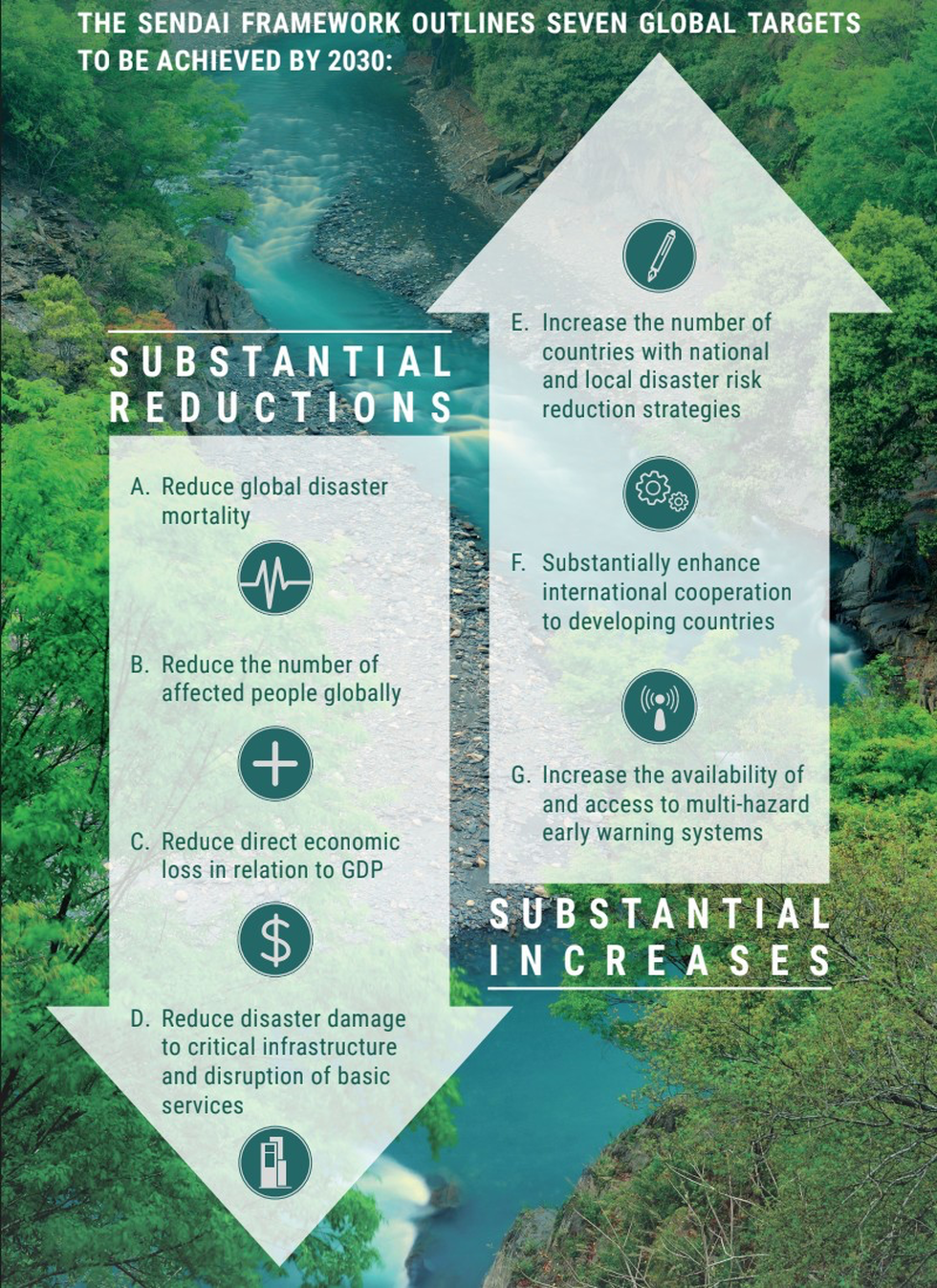
About Sendai Framework for Disaster Risk Reduction 2015-2030:
- It was the first major agreement of the post-2015 development agenda and provides member states with concrete actions to protect development gains from the risk of disaster.
- It was adopted by the UN member states at the Third UN World Conference on Disaster Risk Reduction in Sendai, Japan, on March 18, 2015.
- It is the successor instrument to the Hyogo Framework for Action (HFA) 2005-2015.
- The Sendai Framework advocates for:
- The substantial reduction of disaster risk and losses in lives, livelihoods, and health and in the economic, physical, social, cultural, and environmental assets of persons, businesses, communities, and countries.
- It recognizes that the State has the primary role to reduce disaster risk, but that responsibility should be shared with other stakeholders, including local government, the private sector, and other stakeholders.
- Four Priorities:
- Understanding disaster risk
- Strengthening disaster risk governance to manage disaster risk
- Investing in disaster risk reduction for resilience
- Enhancing disaster preparedness for effective response and "Building Back Better" in recovery, rehabilitation, and reconstruction.
- Targets:
- Substantially reduce global disaster mortality.
- Substantially reduce the number of affected people globally.
- Reduce direct disaster economic loss in relation to global GDP.
- Substantially reduce disaster damage to critical infrastructure and disruption of basic services.
- Substantially increase the number of countries with national and local disaster risk reduction strategies.
- Substantially enhance international cooperation to developing countries.
- Substantially increase the availability of and access to multi-hazard early warning systems and disaster risk information and assessments to people.
- The Sendai Framework covers technological hazards in addition to natural hazards, which represent an evolution compared to its predecessor, the Hyogo Framework for Action.
- These technological hazards include chemical/industrial hazards further to radiological, nuclear, biological, and others.
- It works hand in hand with the other 2030 Agenda agreements, including the Paris Agreement on Climate Change, the Addis Ababa Action Agenda on Financing for Development, the New Urban Agenda, and ultimately the Sustainable Development Goals.
- The United Nations Office for Disaster Risk Reduction (UNDRR) is tasked to support the implementation, follow-up and review of the Sendai Framework.
7. “First in the World Challenge” Initiative
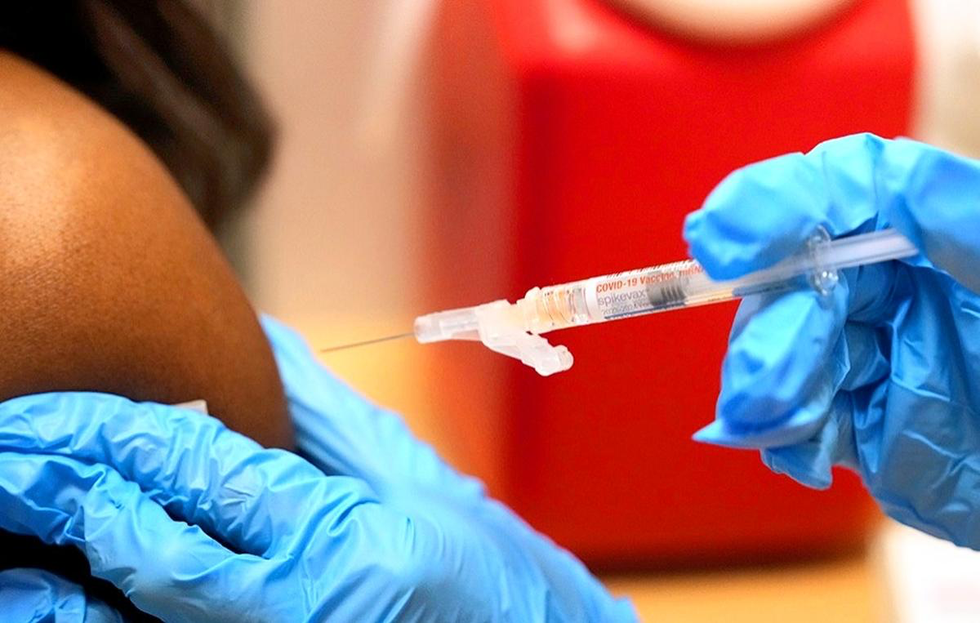
About “First in the World Challenge” Initiative:
- The “First in the World” Challenge, inspired by the success of Chandrayaan-3, is a major initiative of the Indian Council of Medical Research (ICMR) designed to promote the development of groundbreaking health technologies.
- The scheme aims to foster novel, out-of-the-box, futuristic ideas, new knowledge generation, and discovery/development of breakthrough health technologies (vaccines, drugs/therapeutics, diagnostics, interventions, etc.) that have never been thought of, tested or tried in the world till date.
- This high-risk, high-reward program will provide funding for projects at various stages, from proof-of-concept to prototype and final product development.
- The proposal must have bold research ideas with significant wide-ranging impact and, if successful, should have potential ‘first of its kind’ biomedical and technological innovations for better health outcomes in the global context.
- Proposals aiming for ‘incremental’ knowledge’ or ‘process innovation ‘will not be funded through this scheme.
- The proposals can be submitted by an individual or by a team of researchers (either from a single institute or from multiple institutes).
- Every team application must designate one Principal Investigator from the team who will be responsible for technical, administrative, and financial deliverables.
- Selection: A selection committee will be formed by experts of high repute, innovators, policymakers and scientists with outstanding record of conducting research and innovation in the biomedical domain.
- This initiative will inspire our scientists to come up with innovative ideas for finding solutions to difficult health problems.
8. What is Obstructive Sleep Apnea (OSA)?
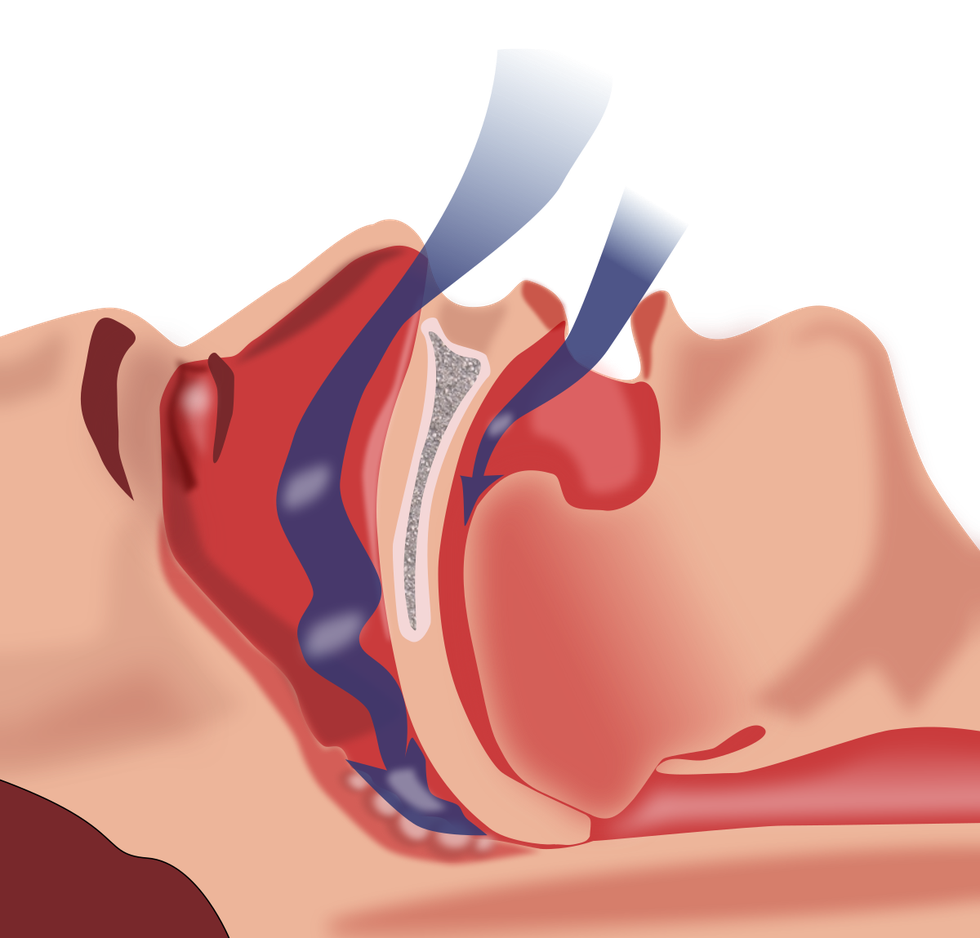
About Obstructive Sleep Apnea (OSA):
- OSA is the most common sleep-related breathing disorder.
- People with OSA repeatedly stop and start breathing while they sleep.
- OSA occurs when a blockage in your airway keeps air from moving through your windpipe while you’re asleep.
- The blockage and lack of airflow can cause your blood oxygen levels to drop, triggering a survival reflex in your brain that wakes you up just enough to breathe again.
- This happens off and on many times during sleep.
- While that reflex is key in keeping you breathing, it also disrupts your sleep.
- When your breathing is reduced and you're not taking enough oxygen, it's called hypopnea. If your breathing completely stops, it's called apnea.
- Snoring is one of the biggest symptoms of OSA.
- Anyone at any age can have OSA. But it's most common in middle-aged and older adults.
- OSA has significant implications for cardiovascular health, mental illness, quality of life, and driving safety.
- Treatment: Treatments for OSA are available.
- One treatment is a device that uses positive pressure to keep the airway open during sleep.
- Another option is a mouthpiece to thrust the lower jaw forward during sleep.
- In some people, surgery might be an option too.
9. What is the Indian Council of Social Science Research (ICSSR)?
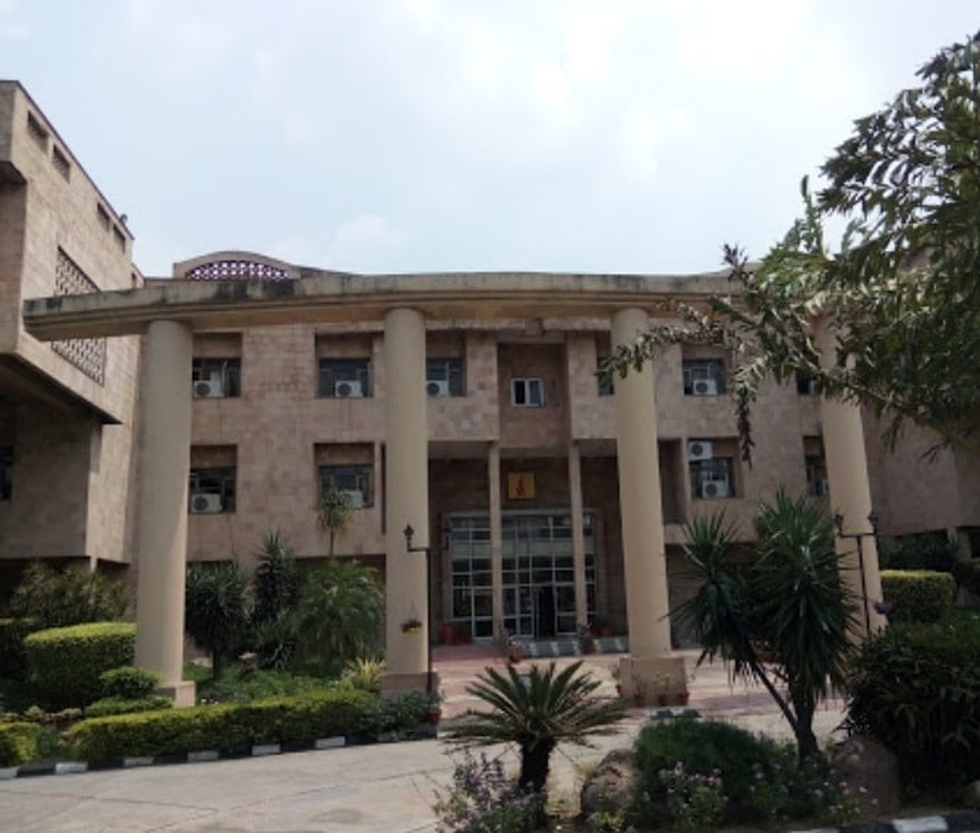
About Indian Council of Social Science Research (ICSSR):
- It was established in the year 1969 by the Government of India to promote and fund research in the social sciences in the country.
- It was established on the recommendation of Prof. V. K. R. V. Rao Committee.
- It is an autonomous organisation working under the aegis of the Department of Higher Education, Ministry of Education.
- Functions: It provides grants for projects, fellowships, international collaboration, capacity building, surveys, publications, etc. to promote research in social sciences in India.
- An all-India network of 24 frontline research institutes and six regional centres is maintained, and five recognized institutes are programmatically supported by the ICSSR.
- The Documentation center of ICSSR - National Social Science Documentation Centre (NASSDOC)-provides library and information support services to researchers in social sciences.
- ICSSR has developed the ICSSR Data Service to serve as a national data service for promoting a powerful research environment through the sharing and reuse of data among the social science community in India.
10. What is Frost?
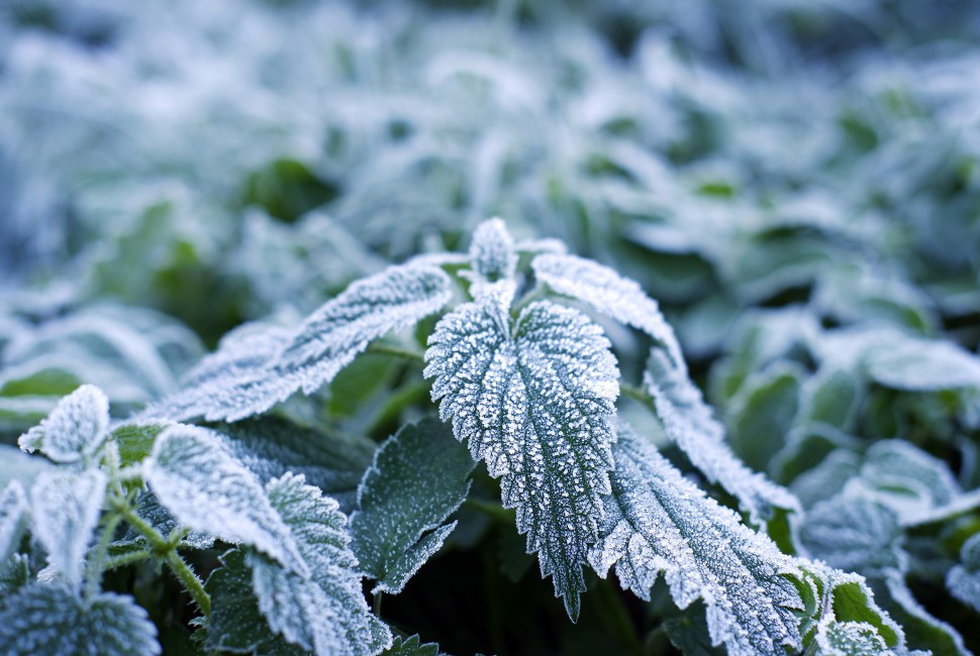
About Frost:
- Frost is water vapor, or water in gas form, that becomes solid.
- Frost usually forms on objects like cars, windows, and plants that are outside in air that is saturated, or filled, with moisture.
- Areas that have a lot of fog often have heavy frosts.
- Frost forms when an outside surface cools past the dew point.
- The dew point is the point where the air gets so cold that the water vapor in the atmosphere turns into liquid. This liquid freezes.
- If it gets cold enough, little bits of ice, or frost, form.
- The ice is arranged in the form of ice crystals.
- Frost is most common in low-lying areas.
- Warm air rises, and cool air sinks—cool air is denser than warm air.
- That means there are usually more water molecules in cool air than in warm air.
- As cool air collects in valleys, frost forms.
- Frost usually forms at night, when the air temperature is cooler.
- Once the sun rises and warms the air around the frosted object, frost melts quickly.
- There are different types of frost. The most common are radiation frost (also called hoarfrost), advection frost, window frost, and rime.
- Radiation frost is frost in the form of tiny ice crystals that usually shows up on the ground or exposed objects outside. Hoarfrost also forms in refrigerators and freezers.
- Advection frost is a collection of small ice spikes. Advection frost forms when a cold wind blows over the branches of trees, poles, and other surfaces.
- Window frost forms when a glass window is exposed to cold air outside and moist air inside. Window frost is familiar to winter residents of cold climates. Indoor heat and cold outdoor temperatures form this type of frost.
- Rime is frost that forms quickly, usually in very cold, wet climates. Rime also forms in windy weather. Rime sometimes looks like solid ice. Ships traveling through cold places like the Arctic Ocean often end up with rime covering at least part of the exposed part of the ship.


























































































































































.png)
.png)
.png)
.png)
.png)


.png)
.png)
.png)





.png)
.png)






.png)
.png)
.png)
.png)
.png)
.png)
.png)
.png)
.png)

.png)







.png)
.png)


.png)
.png)
.png)


.png)

.png)
.png)





.jpg)

.png)
.png)


.png)

.png)
.png)
.png)

.jpg)

.jpg)


.png)

.png)
.png)
.png)
.png)
.png)
.png)
.png)
.png)
.png)
.png)




.png)

.png)





.png)
.png)
.png)
.png)
.png)
.png)
.png)
.png)
.png)
.png)
.jpg)
.jpg)

.png)
.png)
.png)
.png)
.png)
.png)
.png)
.png)
.png)
.png)
.png)
.png)
.png)
.png)
.png)
.png)
.png)
.png)
.png)
.png)
.png)
.png)



.png)
.png)

.jpg)
.jpg)


.jpg)
.jpg)
.jpg)
.jpg)
.jpg)

.jpg)








.jpg)
.jpg)
.jpg)
.jpg)
.jpg)

















.jpg)
.jpg)







.jpg)


















.jpg)
.jpg)






























































































.jpg)
.jpg)


























.jpg)

.jpg)










.jpg)








.jpg)




.jpg)










.jpg)


















.jpg)












































.jpg)














.jpg)
.jpg)
.jpg)





.jpg)

.jpg)
.jpg)





































































.jpg)


































.jpg)
.jpg)
















































.jpg)












.jpg)


.jpg)




.jpg)
.jpg)
.jpg)

.jpg)
.jpg)
.jpg)
.jpg)

.jpg)
.jpg)
.jpg)

.jpg)
.jpg)
.jpg)
.jpg)
.jpg)
.jpg)
.jpg)
.jpg)

.jpg)


.jpg)
.jpg)
.jpg)
.jpg)
.jpg)
.jpg)
.jpg)
.jpg)
.jpg)
.jpg)











.jpg)
.jpg)





.jpg)
.jpg)
.jpg)
























.jpg)
























.jpg)









.jpg)
.jpg)







.jpg)
.jpg)









































.jpg)
.jpg)
.jpg)
.jpg)
.jpg)

.jpg)
.jpg)
.jpg)
.jpg)
.jpg)


.jpg)
.jpg)
.jpg)
.jpg)
.jpg)

.jpg)
.jpg)
.jpg)
.jpg)
.jpg)
.jpg)
.jpg)
.jpg)
.jpg)
.jpg)
.png)

.png)
.png)

.png)
.png)
.png)
.png)


.jpg)
.jpg)

.jpg)
.jpg)
.jpg)

.png)
.png)
.png)
.png)
.png)
.png)
.png)

.png)
.png)
.png)
.png)
.png)
.png)
.png)
.png)
.png)
.png)





































































-min.png)



.png)




.png)








































